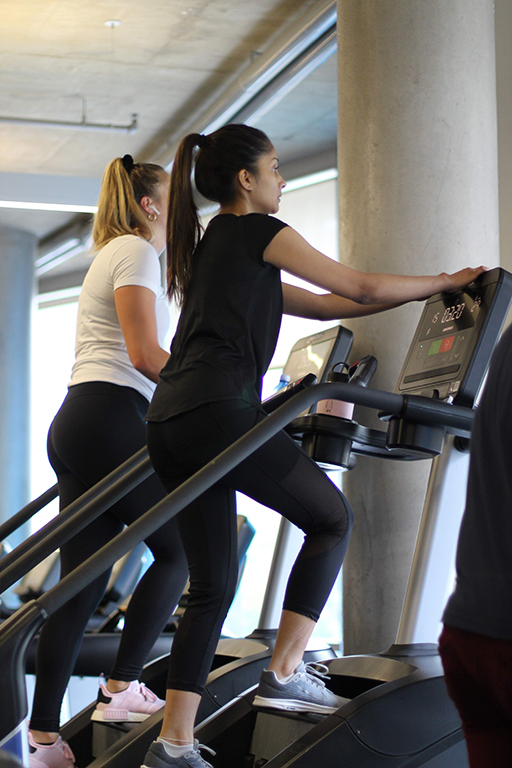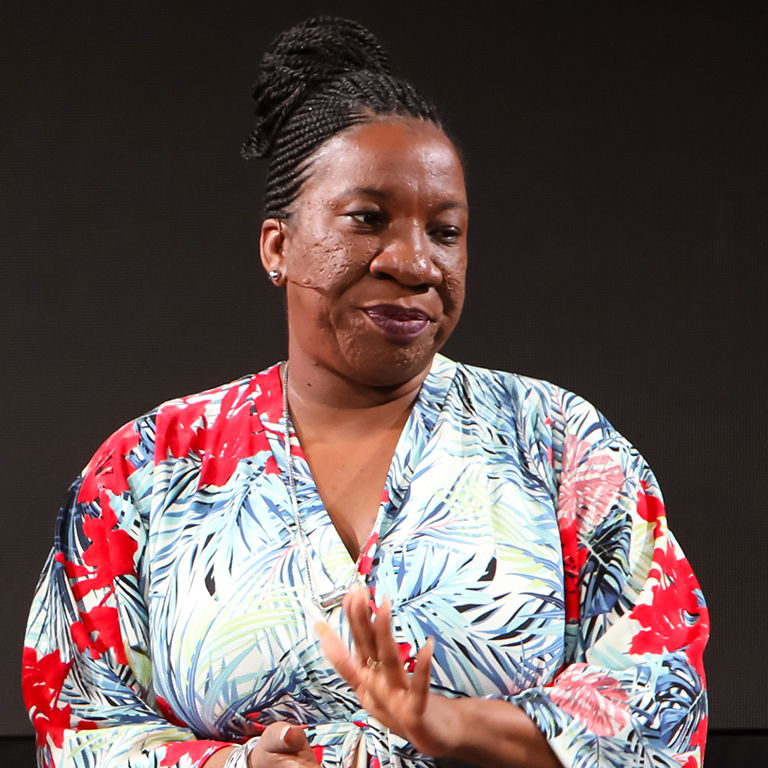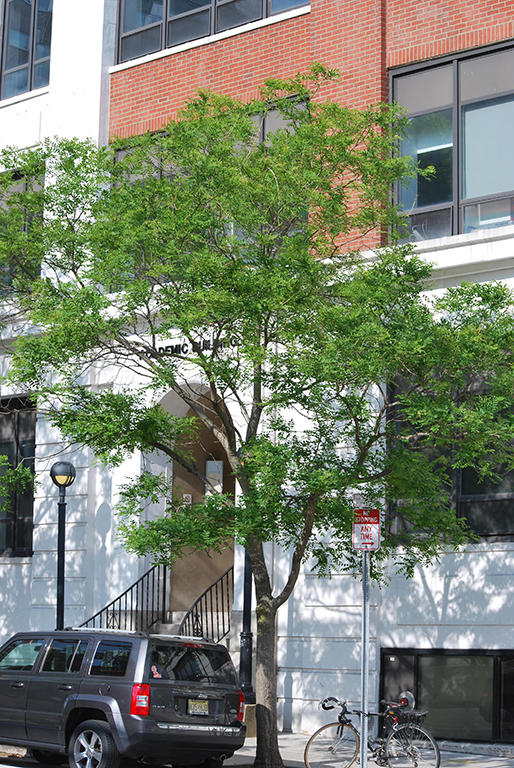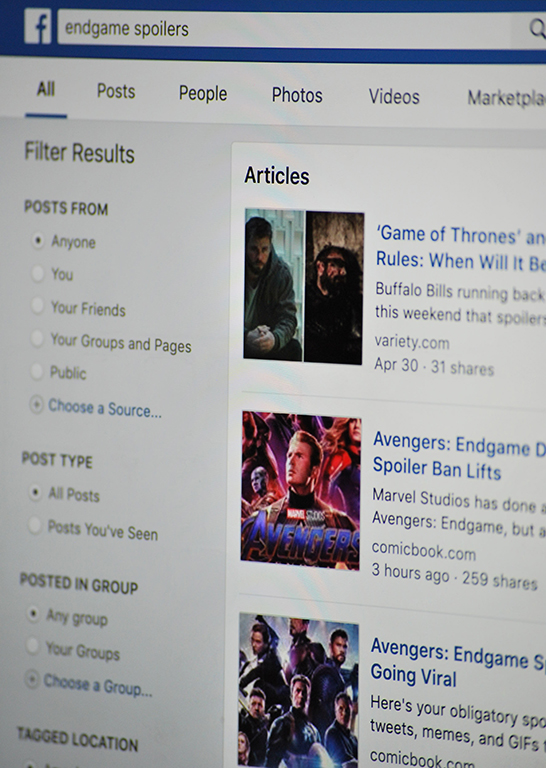
You may be reading this article on a physical edition of The Triangle, but whether you are indoors depending on a lamp or outdoors enjoying natural light on a spring day to see the words on the paper, you are reading without the fear of being robbed or kidnapped. If you’re reading this from an electronic device, you are have access to internet connection, something that enables you to reach whomever you want around the globe. Either option is a privilege, as sadly, this is not how things work in my home country, Venezuela.
Besides being the country with the highest crime rate in Latin America, it also suffers from the highest hyperinflation in the world, reaching over one million percent inflation at the end of 2018 and expected to go over 10 million percent by the end of this year. This critical economic situation has left the nation with a huge scarcity of food and medicine, effecting people to die of diseases that were previously cured and eradicated, and causing people who less than 10 years ago identified as middle class to now depend on food they find in street trash bags for sustenance. It is not uncommon to find Venezuelan supermarkets with either entirely empty shelves or shelves stocked with a singular product overpriced to a cost more than the monthly minimum wage just to make the shelf look “filled.” In essence, something as simple as choosing the brand and type of milk you want at the grocery store is a fairy tale in Venezuela.
Though the headlines in the news lately make the humanitarian, social and economic crisis in Venezuela seen as a hot topic, it is more than just that. The crisis is affecting millions of lives — including the lives of the 5 million of us who have emigrated. As so many people are touched by these problems, I feel I have the duty to write about it to explain what is really going on.
With the proceeds from its oil and a democracy worth envying, Venezuela was the richest country in Latin America in the ‘70s and ‘80s, but when Hugo Chavez, an ex-military officer who attempted a coup in 1992, was named president in 1999, everything began to slowly decay. Chavez expropriated various private companies, closed numerous media platforms that disagreed with his government’s ideals and changed the Constitution to extend the presidency period to six years and allow unlimited re-elections in 2009. During the Chavez administration, crime, inflation and shortages started to grow and led the door open so they could peak as they are today under the current regime. When Chavez died of cancer in 2013, he named Nicolas Maduro his successor, and with his administration, everything hit rock bottom, as aforementioned.
Furthermore, under his administration, Venezuela has entered the top 10 list of countries in the Corruption Perceptions Index, speaking to the fact that we see government officials and their families dressed in nice clothes, living in lavish homes while the majority of people suffer the consequences of this tragedy.
The opposition won the majority of the National Assembly in 2016, making it the only branch of government not allied with Maduro’s party.
When the Supreme Court illegally dismissed the National Assembly, a series of protests against Maduro’s regime broke out and continued for 134 days, even though the Supreme Court undid the dismissal. The protests, though peaceful, were heavily repressed by the military and resulted in the death of 157 people and arrest of 2,977. In response, Maduro proposed a Constituent Assembly, but what he executed was an election of an illegal parallel assembly, consisting only of members who supported him. Maduro’s attempt to squash the opposition only awakened it further.
After jailing major leaders of the opposition, Maduro rushed his second presidential election in 2018. Because of this, the ONG Foro Penal claimed in a report that these presidential elections have a high percentage of irregularities and the National Assembly did not recognize him. The truth is that in dictatorship, democracy does not exist.
Implementing articles in the constitution for cases of an empty presidential office, Juan Guaido was sworn as an interim president Jan. 2019. Since then, Guaido has been recognized as the legitimate president of the country by the Organization of American States and over 50 countries, including the U.S., Colombia, Canada and Spain.
Sadly, Maduro has yet to leave office, despite being highly unpopular in the nation and unrecognized by most countries and organizations. Guaido has the legal support to be president, but Maduro has the military force on his side and without that control, Guaido cannot take Maduro out.
Since the United States recognized Guaido, some critical American leftist groups have called it “U.S. Imperialism.” Even though the U.S. has an unquestionable history of interfering in Latin America in the last century, there is a big difference between invading a nation and denouncing widely known human rights violations. Inaction towards these violations in Venezuela means also being guilty of them.
Three dozen people, from Code Pink, ANSWER Coalition and Popular Resistance and the Black Alliance for Peace, have illegally invaded the Venezuelan embassy in Washington for around a month. None of them are Venezuelan nor speak any Spanish. They have impeded the legitimate Venezuelan ambassador also have not allowed the embassy to work for us who hold that citizenship and need its services.
It is incredibly heartbreaking how these people are fighting for a cause which is killing people and separating families, and also it is incredibly ironic how this people are fighting against an alleged invasion while performing an invasion themselves. A feminist organization like Code Pink fights for this cause when Chavez and Maduro’s regime goes against feminism: it has not legalized abortion, protected victims of gender and domestic violence, or provided contraception. It threatens mothers of patients if they denounce the health system, and does not allow importation of tampons.
Venezuelan protesters in Washington have camped 24/7 outside the embassy and are asking the invaders to leave. On May 13, federal agents gave the invaders an eviction order.
Republicans use the topic to boost their names as the 2020 elections approach and the Democrats are more divided than ever. House Speaker Nancy Pelosi of California and Rep. Donna Shalala of Florida have met with Vecchio and sent messages of support while progressives like Ilhan Omar, Bernie Sanders and Alexandria Ocasio-Cortez have joined the ideals of the “liberal” Americans who blame sanctions and Trump’s support of Guaido. With this partisan focus in the media, we are losing sight the bigger issue: the struggle of the Venezuelan people.
Undoubtedly, the best way to help with what is happening in Venezuela is to keep reading the news on what is going on and address any misinformation. I encourage you to find your local Venezuelan community and stay informed about tuned to any donation drives they may hold.









